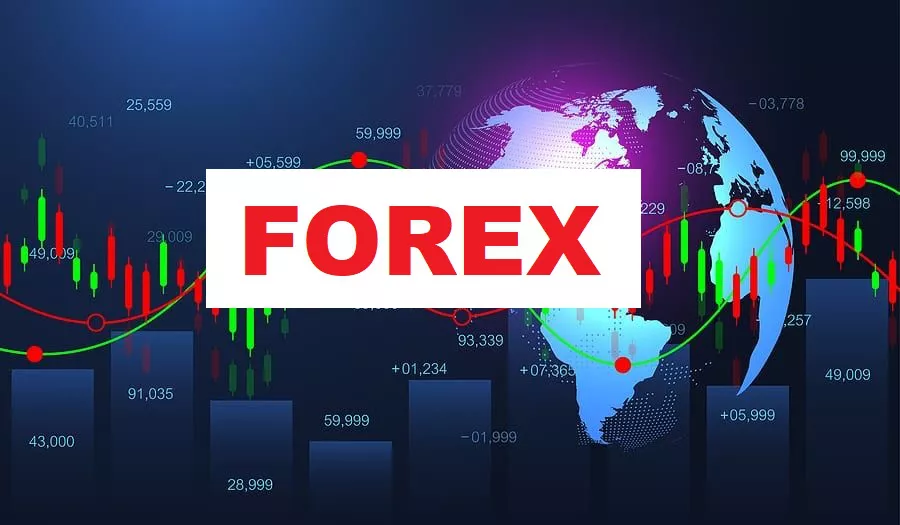The latest ADP employment report for May 2025 shows a significant slowdown in private – sector job growth, with only 37,000 jobs added. This is far below the Dow Jones estimate of 110,000 and marks the lowest level since March 2023. The report indicates that hiring momentum is weakening after a strong start to the year. This weak data raises concerns about the labor market’s health and the potential impact of trade frictions on the economy.
Trump’s Pressure on the Federal Reserve
Following the weak ADP report, President Trump once again called on the Federal Reserve to lower interest rates. Trump’s comments come amid ongoing trade tensions and economic uncertainties, which have led to increased market speculation about potential rate cuts. The Federal Reserve is closely monitoring economic indicators, including the upcoming non – farm payroll data, to assess the need for policy adjustments.
Non – Farm Payroll Data: A Key Indicator
The non – farm payroll data, scheduled for release on Friday, is expected to show an increase of 120,000 jobs in May. This data is crucial as it provides a more comprehensive picture of the labor market compared to the ADP report. If the non – farm payroll data also shows a significant slowdown, it could strengthen the case for the Federal Reserve to consider rate cuts to support the economy.
Market Expectations and Fed’s Dilemma
Market expectations for Federal Reserve rate cuts have been influenced by the weak ADP data and trade – related uncertainties. The CME FedWatch tool indicates that the market expects two rate cuts this year, with the first likely in September. However, the Federal Reserve is cautious about acting too quickly, given the need to balance inflation and employment goals. Fed officials have expressed concerns about the potential impact of trade tensions on both inflation and employment.
Conclusion
The upcoming non – farm payroll data will be a key factor in determining the Federal Reserve’s next steps on interest rates. While the weak ADP report has raised concerns about the labor market, the Federal Reserve will also consider other economic indicators and the broader impact of trade policies. The balance between supporting economic growth and controlling inflation remains a central challenge for the Fed.
Related Topics:































